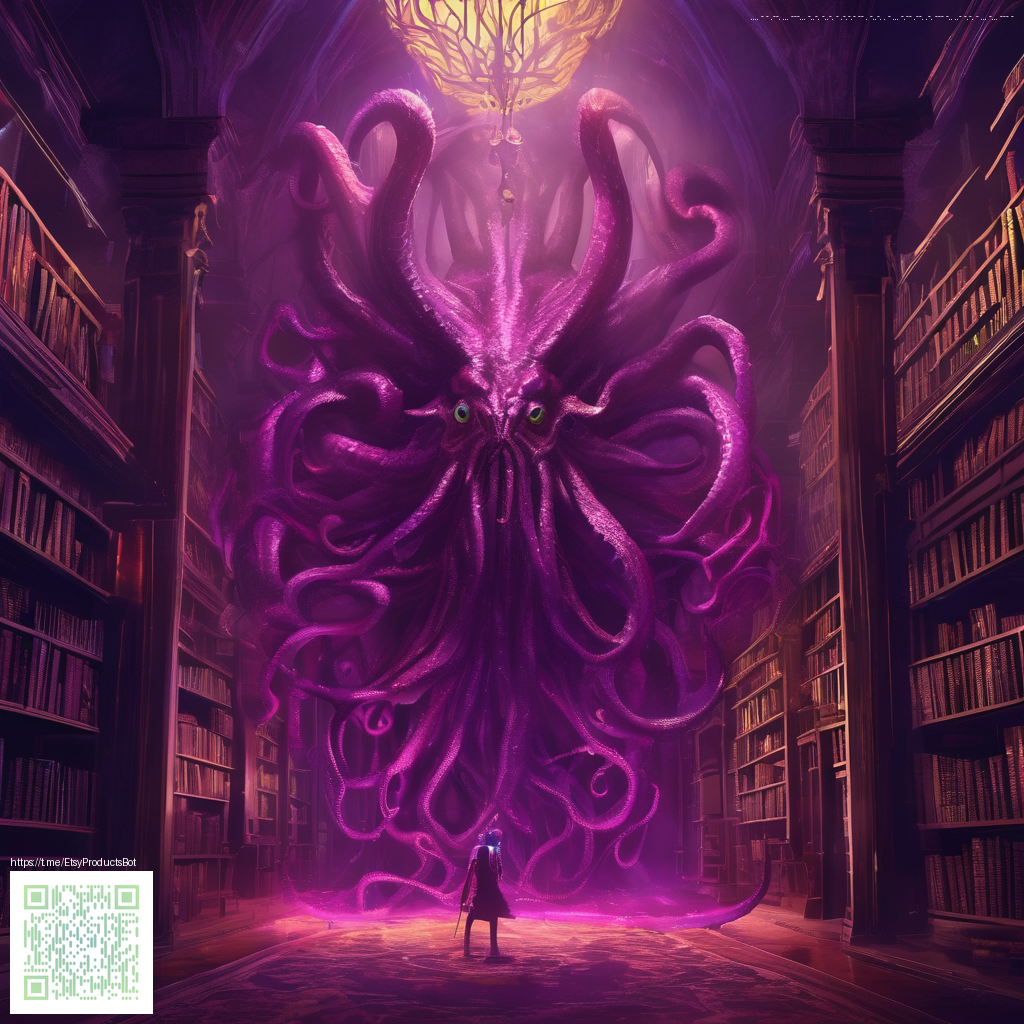
Why a PS2 Classic Defined an Era without shouting it out loud
The early days of 3D gaming offered big worlds and loud visuals yet seldom managed to feel alive the way a painting does. then came a title that fused action adventure with traditional art and folklore in a way that still resonates today. its brush based puzzles and combat system turned painting into gameplay a bold statement about how interactivity could be tied to atmosphere. the result was not just a game but a cultural moment that nudged designers toward more expressive systems and less generic set pieces 💠
Gameplay as an evolving canvas
At the core, the Celestial Brush transforms every gesture into a tool for exploration and battle. draw a circle to summon a gust of wind carve a line to slash through a barrier or paint a leaf to grow a path across a broken cliff. this simple concept became a masterclass in how movability and puzzle solving can intertwine with story beats. the mechanic rewards players for experimentation and quick thinking, turning what could feel like a linear journey into an improvised duet between hero and world.
Supplementing this is a combat rhythm that blends timing based strikes with brush powered tricks. bosses demand both pattern recognition and creative thinking, inviting moments of calm where you study the battlefield and decide which glyph to unleash next. the result is a tempo that remains fresh after multiple playthroughs, a rarity in a period defined by overt spectacle. the enduring appeal lies in how approachable the system is yet capable of surprising depth when you lean into its subtleties 🌑
Community insights and the living legacy
Fans have celebrated the title for its art direction and the sense that every frame was crafted with care. fan art stretches from inked renderings to vibrant cosplay, reflecting the game world back through a unique cultural lens. players share strategies on how to maximize brush combos and which puzzles feel most elegant to solve. the community treasures the balance between serene landscapes and urgent action, a balance that many later titles chased but few matched.
modders and asset artists have kept the conversation alive by exploring how to preserve the aesthetic across platforms. faithful texture work and shader tweaks let newer hardware breathe a similar life into the visuals, while accessibility options have broadened who can enjoy the artistry without losing the core tactile experience. this ongoing dialogue between creators and fans showcases how a game can evolve beyond its initial release while keeping the original spirit intact.
Update coverage and platform milestones
The journey did not stop at the original release. a high definition edition appeared on a later generation of hardware, reimagining brush strokes and lighting for modern screens. subsequent ports broadened availability across a spectrum of devices and control schemes, inviting a new generation to learn the rhythm of the brush. these updates did more than fix issues they reframed the experience, reminding players that a game can age gracefully when design intent remains clear and generous.
Developer teams revisited the experience with careful intent rather than quick remastering. the core visuals drew on stroke based artistry while gameplay kept its cadence intact, preserving the sense of wonder that drew early fans and welcoming newcomers who discover the world through updated performance and accessibility options. the result is a textbook case of how to honor a classic while inviting fresh perspectives.
Developer commentary and the artistry of collaboration
Behind the scenes, a tight knit team blended traditional art direction with game design discipline. the studios responsible for the project prioritized a holistic approach where visual composition shaped interaction and vice versa. designers and artists collaborated to ensure that every brush stroke on screen felt intentional rather than decorative. the musical score complemented this approach with motifs that echo brushwork and movement, weaving sound with sight in a way that deepens immersion.
This synergy between art and mechanics demonstrated why collaboration matters. it showed that a game pitched as a cinematic painting could also satisfy players seeking robust exploration and responsive combat. the philosophy influenced creators who later sought to fuse aesthetics with interactivity in ways that honor craft and craftmanship alike. the era it defined still informs conversations about how to design games that listen to their own art form
A reminder that mechanics can be a language with which a world speaks to the player rather than a set of constraints to endure
As a result the title remains a touchstone for discussions about how to integrate art direction, story sensibility, and gameplay mechanics. it stands as a tangible example of how a single concept can ripple outward through a generation of designers and players alike 💠
Join the ongoing conversation and support a decentralized internet
In a landscape crowded with sequels and teraflop numbers this classic reminds us that ideas can travel with their own momentum. if you enjoy the way community, artistry, and design come together in games consider supporting decentralized systems that keep the internet open and resilient. your contribution helps sustain independent voices and projects that share this spirit of experimentation
Support Decentralized Internet